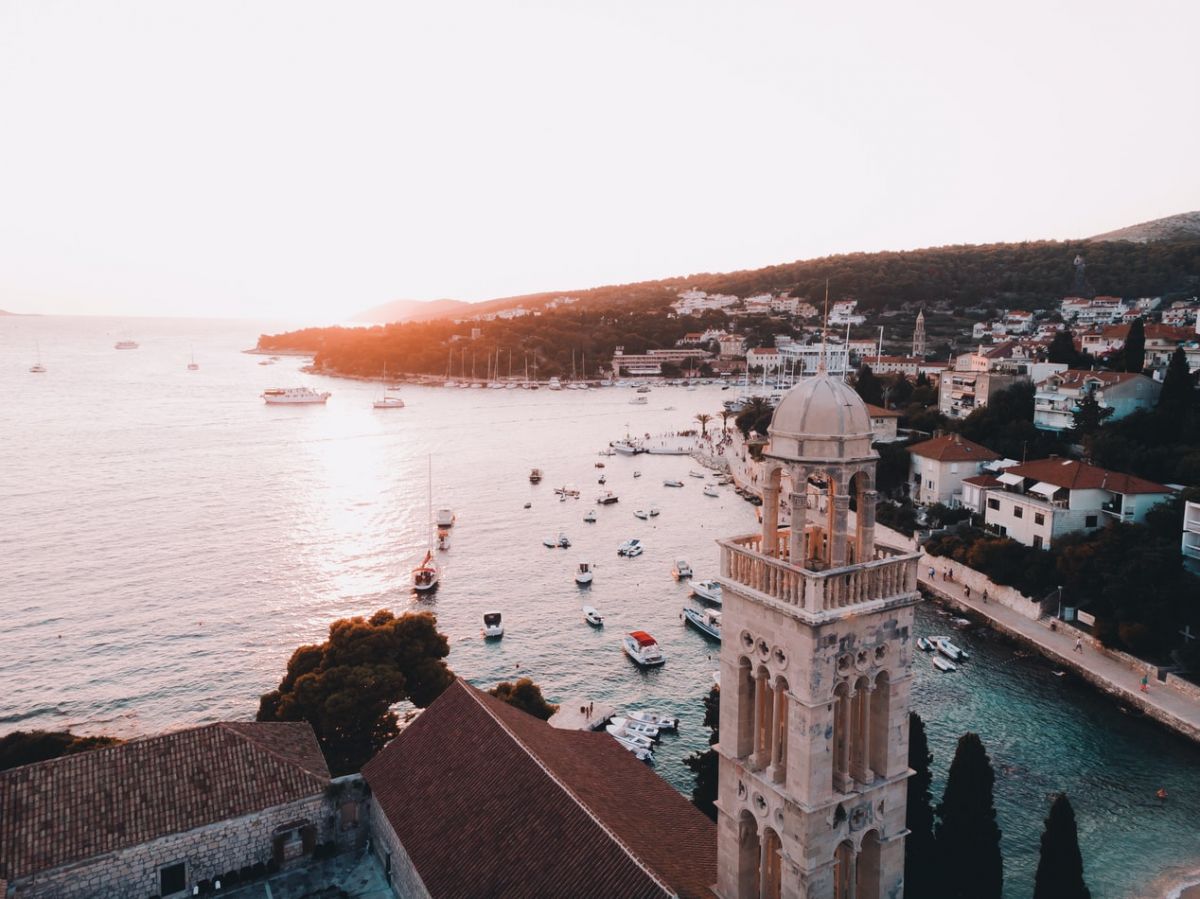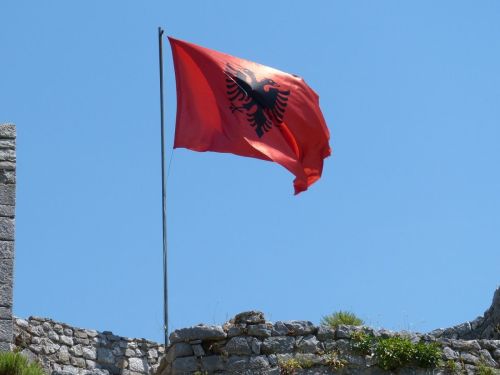21 facts about England
The name England is derived from the Old English - Englaland - meaning "land of the Angels". One of the four countries of the United Kingdom, England ...
Croatia is a small country on the Adriatic Sea, on the border between Central and Southern Europe. Once part of Yugoslavia, it has been an independent country since 1991. It is a country with a rich history, the traces of which can be found at every turn, especially in the historical cities, which are full of objects inscribed on the UNESCO list and attract numerous tourists.
Croatia's biggest attraction, however, is its Adriatic coast, whose waters are clean, highly saline and warm, and whose beaches, although mostly pebbly, rocky and stony, are often and happily visited by tourists from all over Europe.












